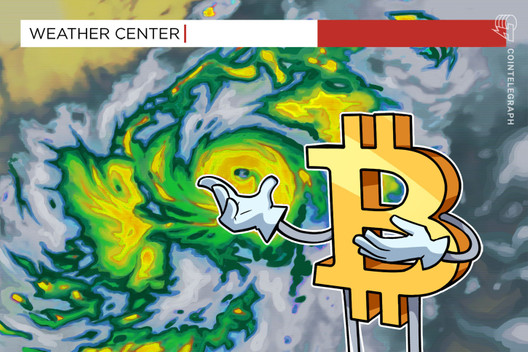6M Bitcoin Are Secured By Shared Custody
Almost one-third of the entire Bitcoin supply is secured with a feature that gained adoption after the Mt. Gox heist.
2114 Total views
40 Total shares

Almost six million Bitcoins (BTC) are stored in multi-signature wallets — nearly one-third of the total supply.
Prevents ‘Exit scams’
Bitcoin is generally secured with a combination of a public and private key. In order to transact on the Bitcoin network, a user needs to sign each transaction with their private key. This works fine in most use cases, but there are situations where this setup is not ideal.
For example, let’s say the founder of a crypto exchange secures all of the firm’s assets with their private key. This may lead to several problematic situations: what happens if a founder suddenly dies, gets hacked, or decides to engage in an ‘exit scam’? In all of those situations, the exchange would go belly up and users would lose their funds.
In order to alleviate these issues, a soft fork was introduced in 2012 that enabled the use of multi-signature wallets. Bitcoins could now be secured with multiple signatures, where X out of N signatures would be required to spend it. This means that wallets could now be controlled by multiple users, without any one user having the ability to spend the coins on their own.

Number & Percentage of Bitcoins Stored in Multi-Signature Wallets. Source: txstats.
Mt. Gox spurred adoption
The same exchange founder could secure all the deposits with five signatures and require at least three signatures for a transaction. These five signatures could belong to the various company executives. They could even delegate one or more of the signatures to a trusted third party.
We observe that mass adoption of this feature only began in 2015. There is a simple explanation for this — Mt. Gox. After the notorious hack, the community realized that a decentralized system should not rely on a single point of failure.
As most individual holders still do not use this feature, the number of Bitcoins stored in multi-signature wallets could also be used as a good indicator of what proportion of Bitcoin is held by businesses.









